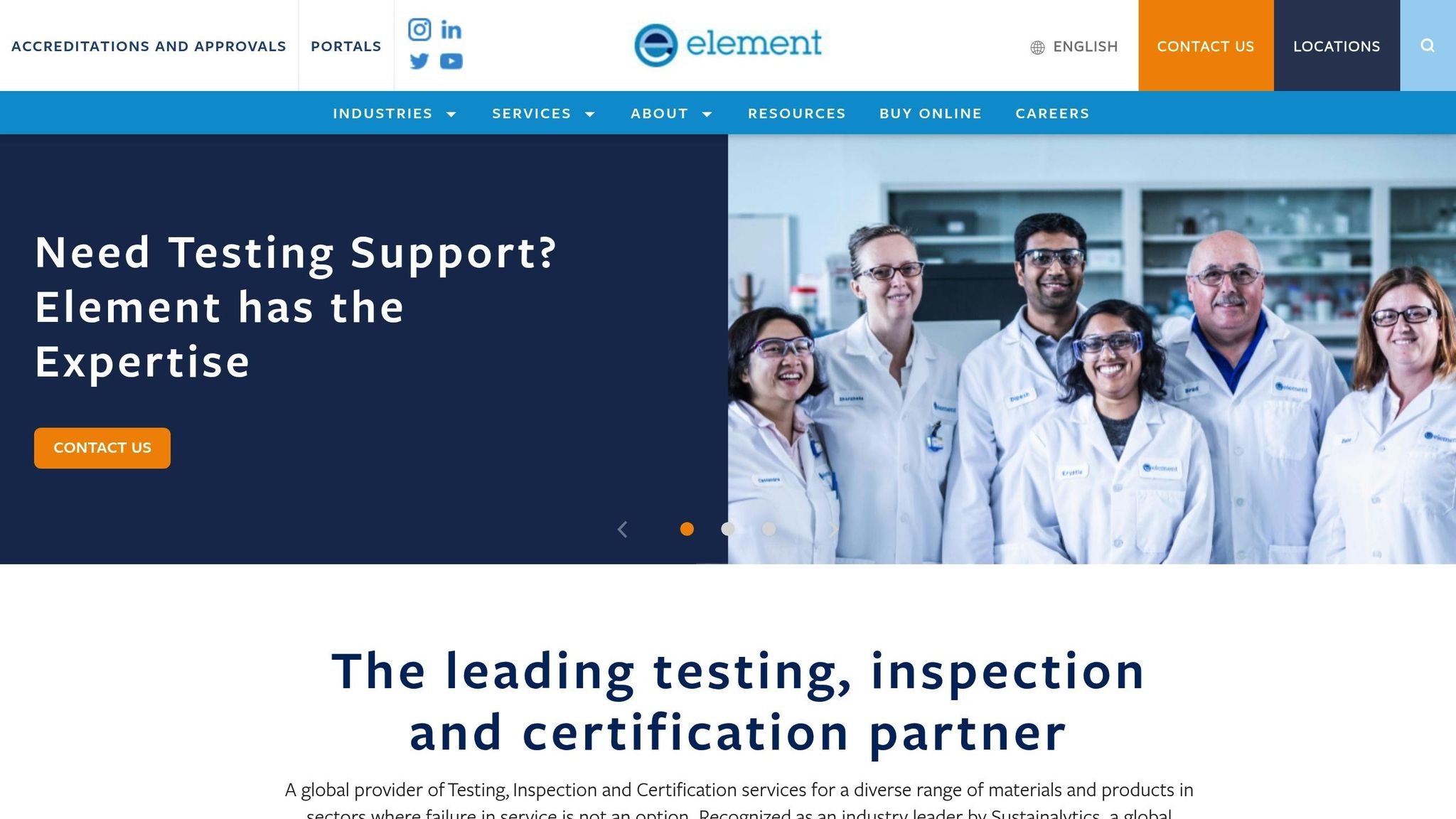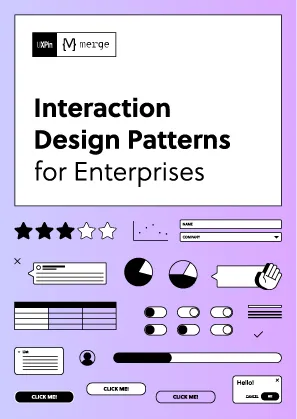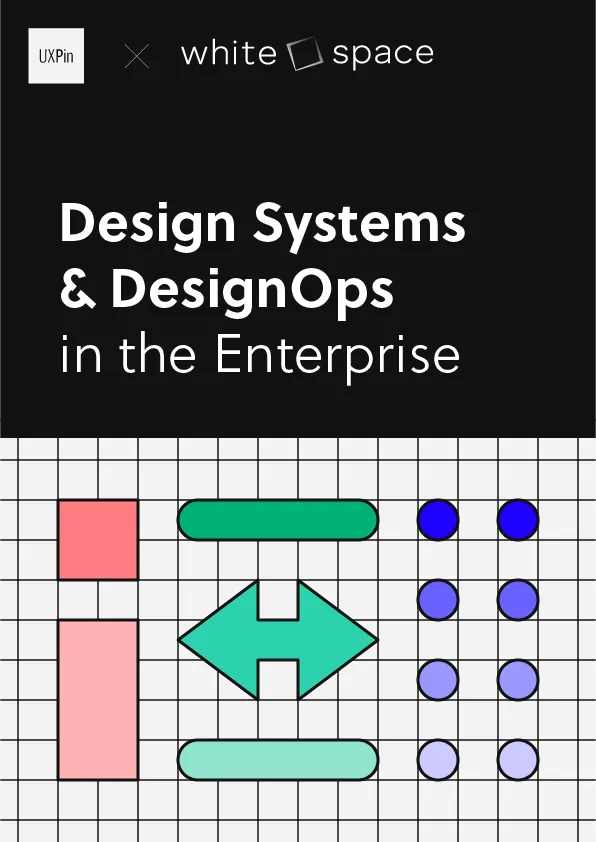The rapid advancement of artificial intelligence (AI), particularly in the realm of generative AI (GenAI), is fundamentally transforming the design landscape. For UI/UX designers, front-end developers, and design teams, AI is no longer just a tool; it’s a co-creator, streamlining workflows, unlocking creativity, and challenging traditional boundaries. However, with great innovation comes the need for adaptability, curiosity, and an openness to failure.
This article synthesizes the perspectives of a panel of design leaders from the video "How AI is Reshaping Design Tools and Workflows", capturing their insights into the future of design tools, the evolving roles of designers, and the implications of AI on creativity and collaboration.
The Human Element of Design Leadership in an AI-Powered World

The panel began with a reflective discussion on their defining moments as design leaders. Despite AI’s growing capabilities, the foundational principles of leadership – creating psychological safety, empowering teams, and fostering collaboration – remain essential.
One key takeaway came from Nad of Levable, who highlighted the importance of psychological safety as a driver of team performance. Drawing on research conducted at Google, Nad emphasized that environments where failure is embraced enable experimentation and innovation. As he put it, "It just has to be okay to fail."
Similarly, Manuel from Verso shared how guiding and mentoring others through their design journeys has been a highlight of his leadership experience. "Seeing people surpass me in their careers is when I feel I’ve done my job well", he noted.
Jenny from Anthropic underscored the power of storytelling in leadership, recounting how she successfully framed a challenging team reorganization as an opportunity for growth. "We, as design leaders, have the ability to motivate and inspire through storytelling", she said, reminding us that even in an AI-driven world, human connection and narrative remain invaluable.
The Future of Design Tools: What’s Missing?
AI-powered design tools are evolving rapidly, but as Jenny noted, the user experience (UX) for most tools is still far from seamless. The panel agreed that while current models have advanced to create strong "first drafts", there’s a gap in tools that integrate full workflows.
Jenny explained:
"While the technology to fundamentally change how we work exists, the UX hasn’t been perfected. Tools need to move beyond being canvas-based to become truly cohesive and collaborative."
The consensus? AI tools need to be designed with the designer in mind, offering seamless transitions between ideation, prototyping, and implementation without losing creative freedom.
The Role of Generalists in Flattened Product Development
As AI assumes more of the grunt work, the roles of designers, engineers, and product managers are converging. Nad highlighted a shift toward generalist roles, particularly in small teams developing new products. He shared an "80% rule" his teams apply: AI can now perform many tasks at around 80% effectiveness, empowering individuals to complete end-to-end workflows with minimal handoffs. However, the remaining 20% – which often requires human finesse – can be disproportionately challenging, creating opportunities for collaborative problem-solving.
This is especially notable in smaller, highly adaptable teams where roles blur, and the focus is on agility. Nad likened this return to generalist archetypes to the early days of the web, when "webmasters" wore multiple hats across design, development, and IT.
Will AI Replace Designers? Absolutely Not.
While AI is raising the floor of what’s possible in design, the panel was unanimous in their belief that human creativity will always set the ceiling. Manuel astutely stated, "The large language models (LLMs) might commoditize certain processes, but things like taste can’t be pocketized." Taste, intuition, and the ability to craft experiences for humans are inherently human skills that AI can only augment, not replace.
One interesting point raised was whether AI could take on the role of a creative director. While AI is already capable of providing creative direction in structured contexts (e.g., generating entire websites), the panelists agreed that humans will remain responsible for making critical decisions about what ideas to pursue and how to execute them.
Manuel summed it up well: "Even if AI becomes more autonomous, someone needs to decide what goes out into the world. That someone will always be human."
The Challenges of Embracing AI: Experimentation over Perfectionism
A recurring theme throughout the discussion was the need to experiment, fail, and iterate. The panel emphasized that AI tools can be incredibly powerful, but only if users are willing to embrace a mindset of play and exploration.
Manuel encouraged designers to "go have fun" with emerging tools, emphasizing that failure is an integral part of the process. Nad echoed this sentiment, advising designers to "ship end-to-end", even if the result isn’t perfect. Experimentation, they argued, is the key to understanding AI’s capabilities and uncovering new ways of working.
Jenny also highlighted the importance of curiosity. She noted that as AI technology evolves at breakneck speed, designers must remain open to learning and adapting. "What’s true today might not be true tomorrow", she said, emphasizing the iterative nature of working with AI.
The Broader Implications of AI: Ethics, Trust, and Responsibility
The panelists also explored the societal and ethical considerations of AI in design. Jenny shared how Anthropic prioritizes user trust by implementing strict safety protocols, delaying launches when models fail to meet safety standards. For her, designing ethical user experiences means ensuring transparency, giving users control over their data, and building features that inspire confidence.
Nad, drawing from his experience with Element, added that ethical considerations must extend beyond product design to influence policy and regulation. He cautioned against an AI "arms race" and called for thoughtful collaboration between governments, technologists, and designers.
Key Takeaways
- Psychological safety fosters innovation: Create environments where failure is viewed as a stepping stone rather than a setback.
- AI tools enhance creativity but don’t replace taste: While AI can automate repetitive tasks, human intuition and aesthetic judgment remain irreplaceable.
- Generalists are on the rise: AI empowers individuals to work across disciplines, reducing the need for rigidly siloed roles.
- Experiment, fail, and learn: Embrace a mindset of play to uncover new possibilities in AI-powered workflows.
- Ethical design is non-negotiable: Build trust by prioritizing transparency, user control, and safety.
- Stay curious: The rapid pace of AI advancement requires designers to continuously adapt and learn.
- Ship fast, iterate faster: Don’t let perfectionism hold you back – focus on building, testing, and improving.
- Collaborate across disciplines: Designers must work closely with engineers and researchers to unlock AI’s full potential.
Conclusion
As AI continues to reshape design tools and workflows, the role of the designer is evolving. Success in this new era depends not on resisting change, but on embracing it with curiosity, flexibility, and a willingness to fail. By experimenting with AI, leaning into generalist roles, and collaborating across disciplines, today’s designers can not only survive but thrive in this transformative age.
Above all, the panelists reminded us that while tools and technologies will continue to evolve, the human touch will always be at the heart of great design. AI may raise the floor, but it’s up to designers to set the ceiling.
Source: "AI is Redesigning Design Tools – with Lovable, V0 and Anthropic" – Hatch Conference, YouTube, Sep 16, 2025 – https://www.youtube.com/watch?v=Rrt_MDrpraU
Use: Embedded for reference. Brief quotes used for commentary/review.

